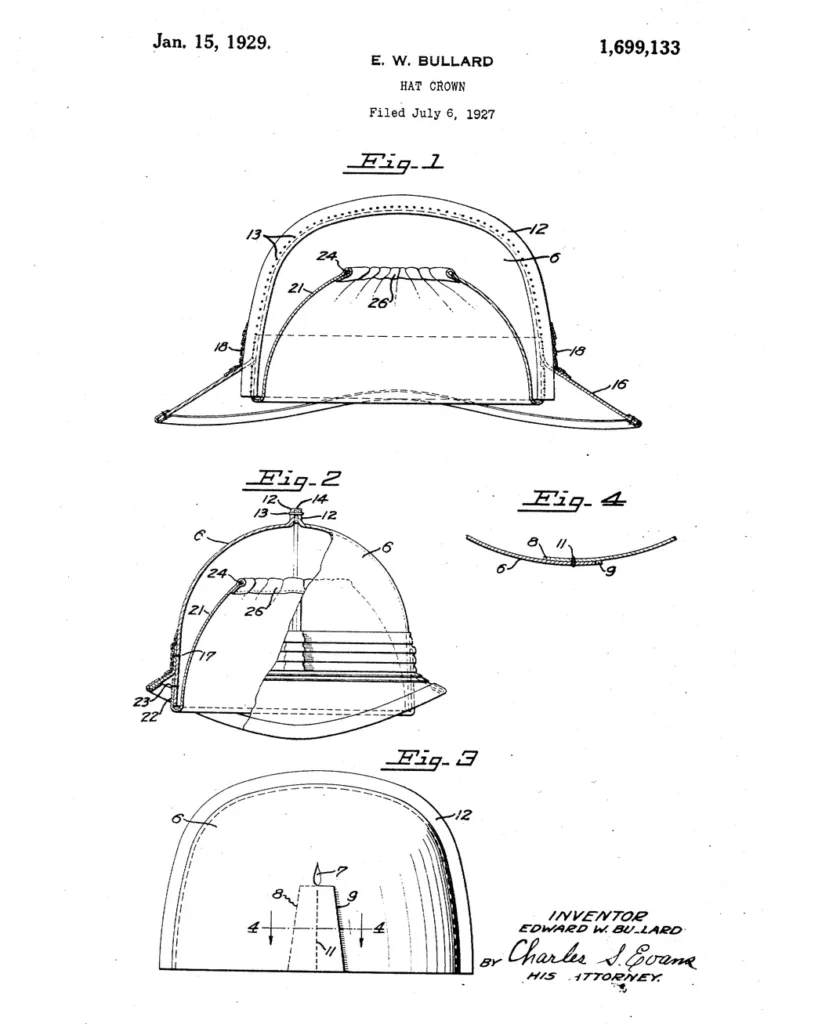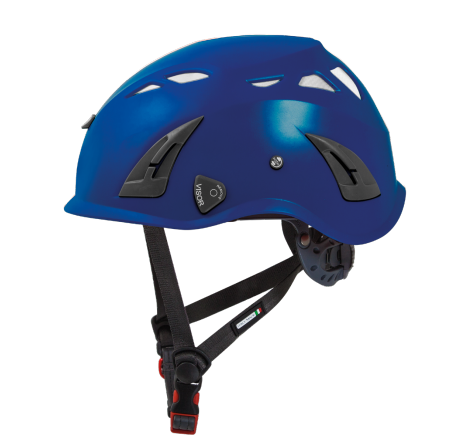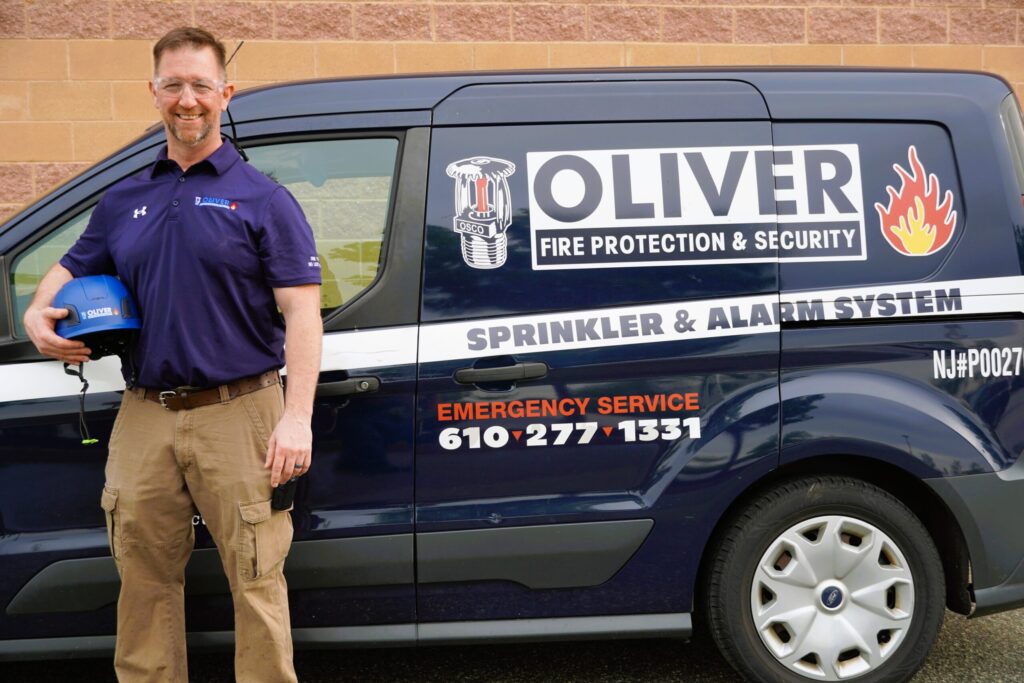Article by Dale Grant – Marketing Coordinator
While every piece of Personal Protective Equipment serves an important role in jobsite safety, there is none quite so renowned as the Hard Hat.
The iconic hard hat we visualize when thinking about the construction industry has grown and evolved since its inception, culminating in its latest incarnation, the safety helmet.
After seeing the lives saved in the bloody trench warfare of World War I, a young US Army Lieutenant named Edward W. Bullard returned home and began to rework the traditional standard issue army helmet to be used in the industrial world.

Building a Better Hard Hat Brand
Bullard’s “Hard Boiled Hat,” a canvas and leather headpiece would go on to become the first commercially available head protection device. Before long, this revolutionary safety device would revolutionize the safety industry and posthumously land him a spot in the National Inventors Hall of Fame.
While widely used during this time, Bullard’s invention was still voluntary and by no means a requirement on construction sites. It wasn’t until the construction of the Hoover Dam (originally named the Boulder Dam) in 1931 that employers began to require workers to wear hard hats.
A few years later, the Golden Gate Bridge would become yet another major construction undertaking to require hard hats after the project’s chief engineer, Joseph Strauss, became concerned about the threat of falling rivets from workers overhead.
Hard hats would continue to evolve throughout the years, ranging in materials from steel and aluminum to fiberglass, each improving upon the other. Eventually, the industry would move to the high-density polyethylene (HDPE) that we are familiar with today.
The hard hat would continue to see improvements made beyond just the materials that comprised it. To encourage compliance, vented hard hats were introduced in the 1990s, increasing the comfort of the wearer. As technology has advanced, additional features including facemasks, built in hearing protection and many more features have been incorporated into helmets.
The latest incarnation of the hard hat is one of the biggest changes both from an aesthetic standpoint as well as its enhanced safety abilities.

While they share similarities, the modern safety helmet has a myriad of benefits over its predecessor. From a design and functional standpoint, safety helmets are designed for activities prone to head injuries such as biking or mountain climbing. When translated to the jobsite, these are the perfect protection for working at heights when on a ladder or working at heights. These helmets are also designed to absorb impact from multiple angles, as opposed to just the crown of the head. As most falls result in the wearer landing at an oblique angle, causing a rotation of the head which creates a differential movement between your brain and your skull which is a leading cause of traumatic brain injuries (TBI). The safety features, including the ratcheted chin strap exists to help protect the brain from TBI.
A Higher Standard of Protection
While not currently required on every jobsite, OSHA recommends safety helmets be used by people working in the construction industry and the oil and gas industry; in high-temperature, specialized work and low-risk environments; performing tasks involving electrical work and working from heights; and when required by regulations or industry standards.
With more clients and projects moving toward the higher standard of safety, and in keeping with Oliver’s Culture of Safety Excellence, we began our transition from the traditional hard hat to our new Kask safety helmet in 2023.
The Kask helmet has been an excellent choice, being an ANSI Z89.1 , Type 1, Type II -Class E helmet offering all around protection against impact and penetration from the front, rear and sides. Internally, the helmet provides a moisture wicking fabric and externally it features integrated slots for enhanced eye and face protection attachments. In addition, the helmet has a four-point adjustable chin strap for a personalized and secure fit.

The evolution of the hard hat to the modern safety helmet is a testament to the construction industry’s unwavering commitment to worker safety. As we continue to push the boundaries of safety standards, it is essential for companies to adopt these improvements and prioritize the well-being of their workers. By embracing cutting-edge safety helmets like Kask, we not only comply with regulatory recommendations but also demonstrate a proactive approach to creating safer job sites.

